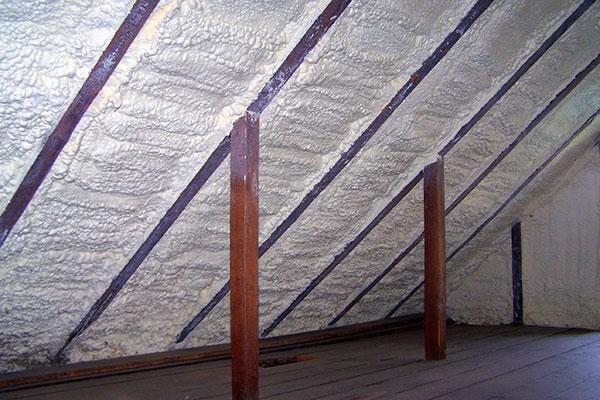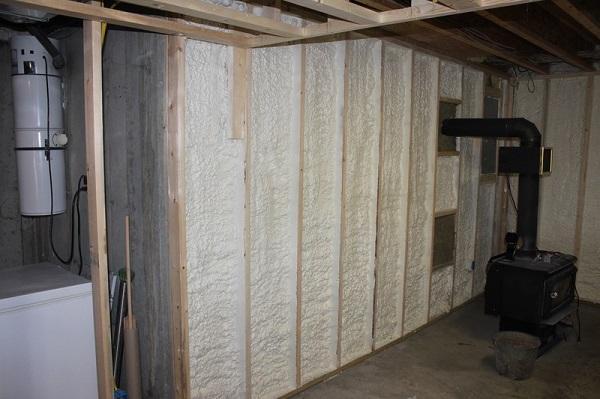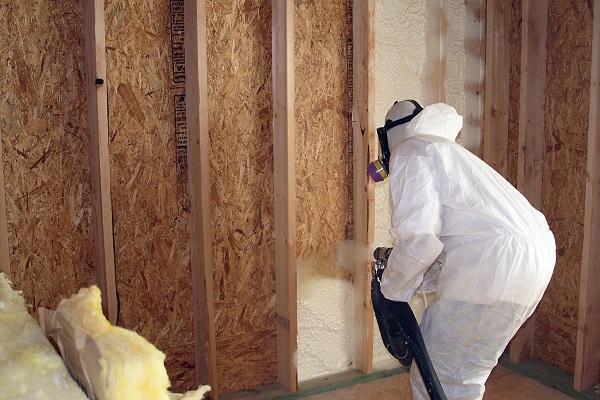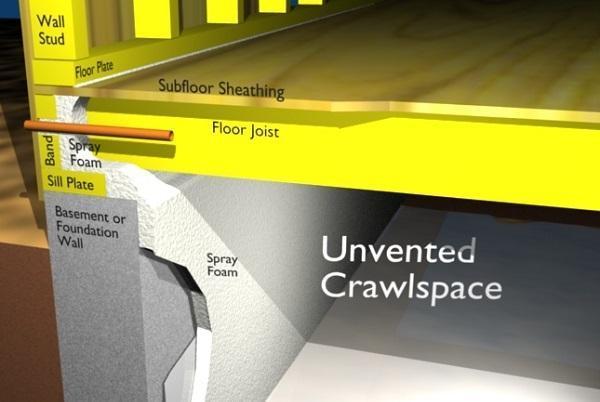Spray Foam Insulation NYC. We’ve got the experience and the knowledge to work with many developers, contractors, builders, state agencies, and homeowners. We offer Closed Cell – Open Cell Spray Foam Insulation – Fiberglass – Cellulose – for Homes and Commercial Building.
SPRAY FOAM INSULATION NYC – RESIDENTIAL & COMMERCIAL INSULATION CONTRACTOR SERVING NEW YORK CITY METRO AREA
WALLS – ATTICS – BASEMENT – ROOFING – SUBFLOOR – COLD STORAGE
Spray Foam Insulation NYC. we specialize in superior quality Polyurethane, Spray-in-Place Foam (Spray Foam) insulation and roofing. Spray Foam is the high-tech alternative to traditional roofing and insulation materials.
Spray Foam offers higher thermal resistance (R-value) over outdated traditional methods such as fiberglass or cellulose and can be sprayed into areas that are difficult for other forms of insulation. With Spray Foam the underside of roof sheathing in attics and under your house in subfloor crawlspaces are completely insulated. Polyurethane Spray Foam insulation acts as an air barrier sealing off the hundreds of cracks and crevices that lets your conditioned air out and the outside air in.
Traditional insulating materials can’t do that. Because Spray Foam seals the building envelope, its R-value holds true. Fiberglass and cellulose rarely attain the R-value claimed because of air leakage in real-life applications.
Using Spray Foam can lead to greater energy savings by insulating your home more effectively. Used correctly in a new build, remodel or retrofit, an Spray Foam insulated home can use smaller Heating Ventilation and Air Conditioning (HVAC) units, saving even more money initially and more over time in energy savings.
Polyurethane Spray Foam insulation can actually pay for itself over time with these savings. It is a one-time application that doesn’t sag or settle like out-dated fiberglass or cellulose and should last throughout the life of your home. No need to remove or replace saving landfill space.Truely a green insulation product!
High-tech Polyurethane Spray Foam insulation is not new. It has been around for over 40 years. Originally used to insulate commercial refrigeration units. Why? Because it out performs everything else with less thickness.
Spray Foam is also great as a roofing system for flat and low-slope roofs. It is monolithic (one single piece with no laps or seams). A Spray Foam roof is also extremely light weight and can often be applied over existing roofs without costly tear offs or displacement of roofing felts containg asbestos (ACM). Spray Foam roofs are also “sustainable” and can be classified as “green”. This is because with proper care and periodical recoating, they can last more than 50 years! Most other roof systems last between 8-10 years. Each time costing as much as or more than before. With Spray Foam the initial cost may be more, but recoats are a fraction of what a new traditional roof would be.
The main advantage of a Spray Foam insulation system is that not only is it a roof, but it is a great insulator, something traditional insulation systems are not. As with Spray Foam in walls, it can start paying for itself immediately in energy and HVAC savings. By maintaining the roof, it will keep on paying for itself for years to come.
There are other benefits to using Spray Foam and we invite you to browse our website to learn more. Please visit our Library pages to read articles on Spray Foam and download some of our vendor’s brochures, see technical details and more. Our Gallery pages also show some of the Spray Foam work we have done recently. If you have other questions or would like us to give you an estimate on your project, you can fill out the online form in our Contact Us page or give us a call. We are more than happy to discuss the project with you! We proudly serve New York City Metropolitan Area
WHAT IS SPRAY FOAM?
Spray polyurethane foam (SPF) is a spray-applied plastic that can form a continuous insulation and air sealing barrier on walls, roofs, around corners, and on all contoured surfaces. It is made by mixing and reacting unique liquid components at the job site to create foam. The liquids react very quickly when mixed, expanding on contact to create foam that insulates, seals gaps, and can form moisture and vapor barriers. SPF insulation is known to resist heat transfer extremely well, and it offers a highly effective solution in reducing unwanted air infiltration through cracks, seams, and joints.
BENEFITS
•Lower energy cost
•Stops drafts allergens and condensation
•Better indoor air quality
•Does not settle or shrink
•Quieter indoor environment
•Fills irregular shapes
•Increased climate comfort
•Adds structural strength
•Seals cracks and voids
•Keeps out unwanted pests
WHICH AREAS OF MY HOME CAN I INSULATE?
Attic Insulation

Reduce the risk of air leakage, moisture and ice dams with Spray Foam attic insulation. Your home doesn’t end at your ceiling. Energy efficient insulation can play an important role in turning your home’s attic/roof into an unconditioned or conditioned space, depending on where you live.
Basement Insulation

Briefly, how are basement walls insulated on the interior? The best way to insulate a basement wall on the interior is with foam insulation that is adhered or attached directly to the concrete. Any of the following insulation materials are acceptable for this purpose: closed-cell spray polyurethane foam
Exterior Walls

Exterior Walls
Crawlspace

Crawlspace
WHERE CAN SPRAY FOAM BE APPLIED
Spray Foam insulation is a wildly diverse product in its features and benefits as well as its very unique ability to be applied to a vast range of substrates. We are going to take a look at a number of various substrates that Spray Foam can be applied to and what steps should be taken to ensure proper adhesion and performance of the foam insulation. A general for all substrates that one may work with when spraying foam is that they must be clean, dry, and free of grease, oil, loose scale or rust, etc. Another rule to follow when spraying onto a new, unknown substrate is to spray a small 2’ x 2’ test area first, leave to sit overnight, and test for adhesion the next day before continuing to spray.
Wood, Gypsum Board and Fiberboard:
it is suggested that the maximum moisture content of wood to be sprayed with foam should be below 10%. Special care need be taken with laminates, such as some plywood, due to the possibility of higher moisture content and the possible presence of surface treatment which can adversely affect the Spray Foam. It is recommended that an adhesion test be performed if the moisture content is suspected to be higher than 10%.
Galvanized Steel:
new galvanized steel should be washed with a solvent or acid, then with water, and finally, primed. Galvanized steel which has been allowed to weather may not need to be washed with solvent, and it may be possible to only wash with water and then prime.
Bare Steel:
Spray Foam insulation can usually be applied direct to bare steel after the standard removal of any bare scale or rust. It is important, however; that when insulating, tanks, that the steel be sand blasted and primed.
Stainless Steel:
the surface should be cleaned with xylol or mineral spirits and then primed. In some cases, to achieve adequate adhesion between the primer and the stainless steel, it may be necessary to sand blast.
Aluminum:
should be cleaned with a solvent, never with a caustic solution. Aluminum must always be primed prior to the application of Spray Foam to prevent corrosion of the aluminum after the application, by acids formed at the surface between the foam and aluminum.
Concrete:
is one of the most difficult substrates to spray on because of the possibility of high moisture content. Make sure that the moisture content is under 10%, use a moisture meter to measure if needed. If there is excess salt precipitation for the concrete then it is best to clean the concrete with muriatic acid.
Glass:
no special preparation other than usual cleaning is required for glass. If Spray Foam is applied to the inside of a window, an ultra violet resistant coating should be applied to the glass prior to spraying to prevent degrading of the Spray Foam by sunlight coming through the window.
PVC Plastics:
washing with a mild solvent such as mineral spirits is sufficient to prepare the surface of PVC. This plastic should be approached with caution, as PVC with high plastizer content may exhibit plastizer migration to the surface of the PVC after application of the Spray Foam resulting in loss of adhesion. Plastizer content is usually high in flexible PVC and very low in PVC that is used in PVC pipe.
Asphalt and Tar:
it is important that the substrate be solvent free especially when the Spray Foam is applied to fresh asphalt or tar. If the asphalt or tar is old, it is safe to assume that it is solvent free and the surface can just be cleaned, primed, and sprayed.


